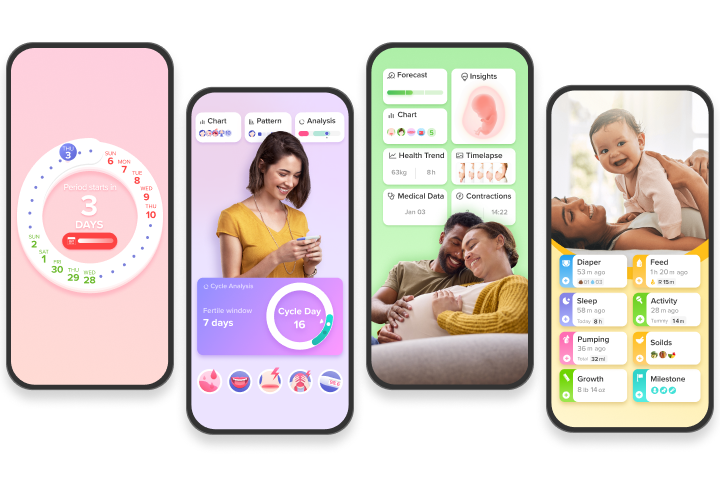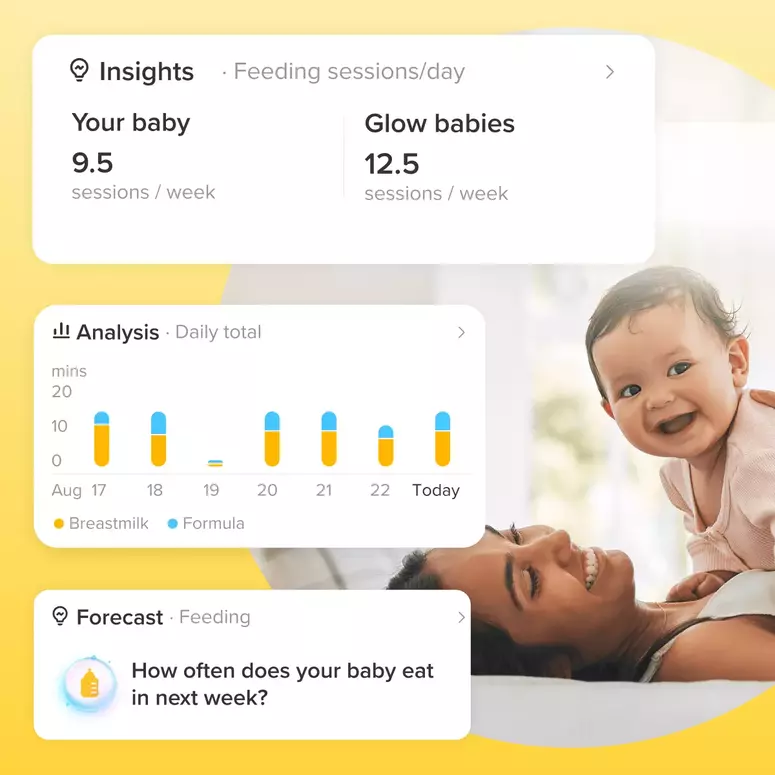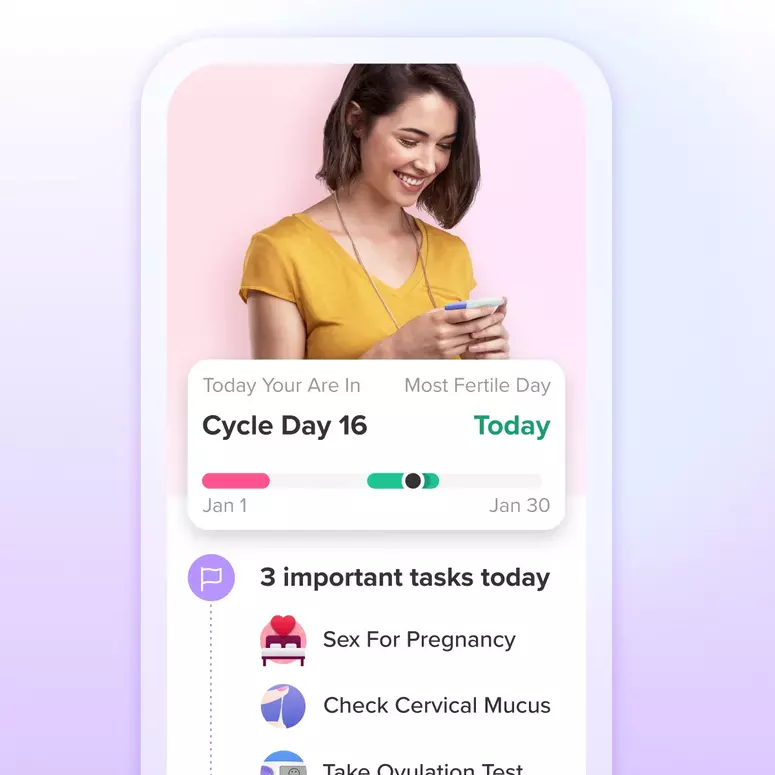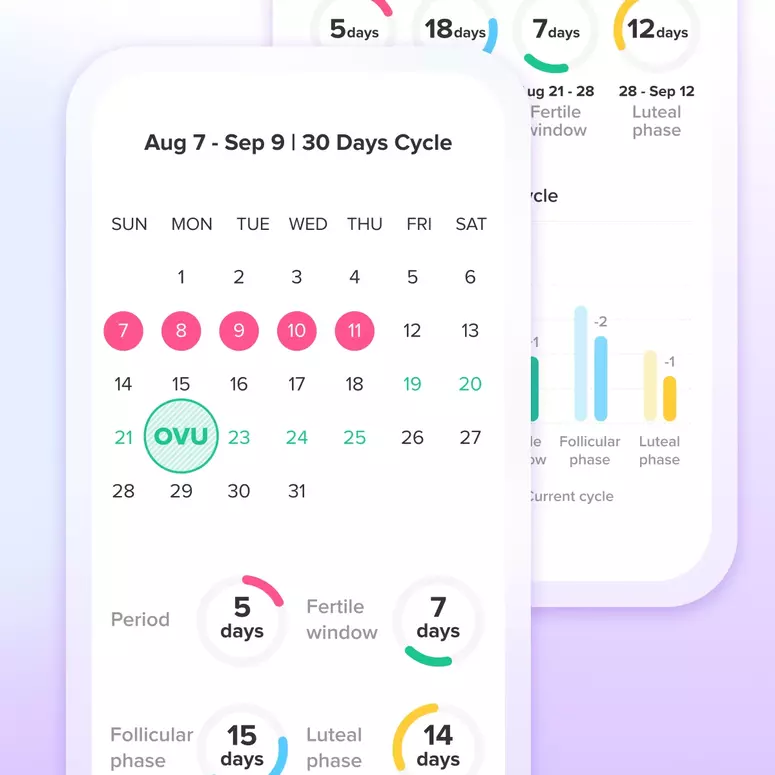
Tracking your basal body temperature (BBT) effectively involves consistency and attention to detail.
Here are some tips to get started:
- Use a Reliable Thermometer: Invest in a basal thermometer, which is more sensitive and measures smaller changes in temperature compared to regular thermometers.
- Measure at the Same Time Daily: Take your temperature first thing in the morning, immediately after waking up and before engaging in any activity, including speaking or getting out of bed.
- Track Under Consistent Conditions: Place the thermometer under your tongue or use another recommended method consistently. Even small changes in method can affect results.
- Record Your Readings: Use a notebook, an app, or a digital tracker to log your BBT every day. Many apps allow you to plot a graph, making it easier to see patterns.
- Track Additional Symptoms: If you’re monitoring for fertility purposes, noting cervical mucus changes and other signs can complement your BBT data.
- Observe Patterns: Over time, you’ll notice the rise and fall of your BBT that corresponds to your menstrual cycle phases, helping you predict ovulation or the onset of menstruation.
- Avoid Potential Disruptions: Factors like illness, stress, alcohol consumption, or irregular sleep can influence your BBT. Try to minimize these when possible for accurate tracking.





